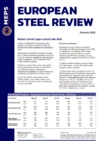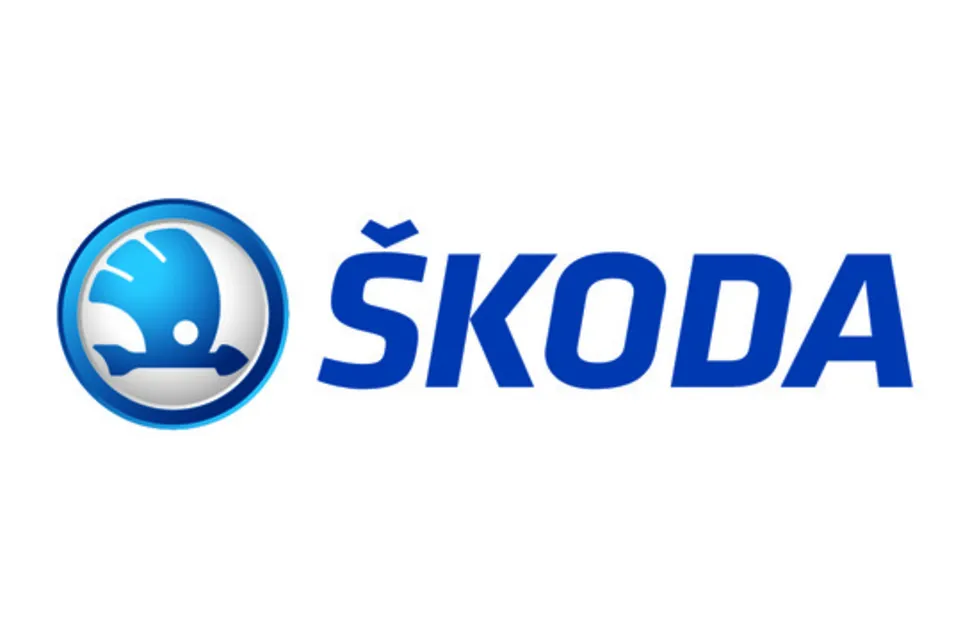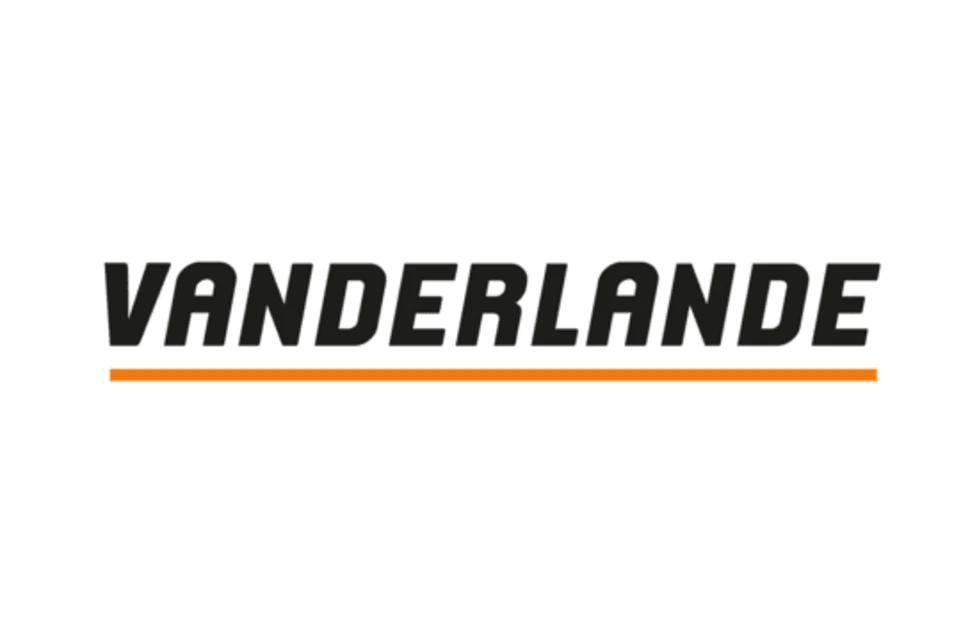EU EV market central to future automotive steel demand
The long-term prospects for steel demand from Europe’s automotive manufacturing sector are becoming a growing focus for MEPS research partners.
Despite a 4.4% increase in new car registrations during the first quarter of 2024, to almost 2.8 million units, registrations dipped by 5.2% in March, with a decline in the region’s four largest markets: Germany (‑6.2%), Spain (-4.7%), Italy (-3.7%), and France (-1.5%).
Some respondents to research for the May edition of MEPS International's European Steel Review reported that steel orders from the automotive sector were down by between 10% and 20% year-on-year. Despite reports that the ban on the trade of Russian metals on the LME and CME (including zinc) could apply upwards price pressure to the galvanised steel used by many OEMs, automotive steel buyers’ contract negotiations are protracted. They are targeting price reductions as the recent downward trend in steel prices has widened the gap between the spot market and their contract prices.
Softening EV demand
With the construction sector likely to remain subdued until the implementation of interest rate cuts, any slowdown in automotive will have a marked influence on European steelmakers and service centres.
The elevated cost of borrowing has contributed to the softening of demand for electric vehicles (EV) which underpins MEPS respondents' concerns about the automotive sector’s demand for steel. Across Europe, EV registrations declined by 11.3% year-on-year, to 134,397 units, in March.
As the European Commission continues to target a 2035 ban on the sale of new petrol and diesel cars, the importance of EV sales is growing. Imported vehicles from China are seen as a growing threat to the productivity of the European automotive sector.
European sales of Chinese-built cars rose by 45% in 2023, accounting for 4% of the market. The European Commission believes Chinese vehicles’ market share could grow to 15% by 2025. In 2020 China exported around one million cars. This year, it is expected to export around six million vehicles to more than 140 countries worldwide, surpassing the volume of the current global leader, Japan.
Chinese imports investigation
In October last year, the European Commission launched an investigation into the effect of growing EV imports from China. The Commission is expected to announce provisional measures, such as tariffs or quotas, by July 4. However, many European carmakers are nervous about their introduction. Around 44% of all the volumes of the Chinese-built cars exported into Europe during 2023 were registered by Western brands including Tesla, Volvo, and Dacia, with 40% from Chinese-owned MG.
The automotive sector accounts for around 17% of European steel consumption, according to Eurofer data. Europe’s carmakers are a crucial market for steelmakers’ green steel products. Demand from the sector will help to underpin major producers’ margins as they invest heavily in making the transition to net zero by 2050.
The EU’s Carbon Border Adjustment Mechanism (CBAM) does not protect against finished products such as cars. Consequently, the use of more cheaply produced steel may continue to provide Chinese imports with a price advantage. New duties, designed to level the playing field, could be key to the long-term strength of steel demand from Europe’s carmakers.

Source:
European Steel Review
The MEPS European Steel Review is an informative, concise and easy-to-use monthly publication, offering unique professional insight into European carbon steel prices.
Go to productRequest a free publication





